Depending on their beliefs, people differ on how Joseph Smith came upon The Book of Mormon. There can be no doubt, however, of where he first got it printed.
E. B. Grandin, publisher of the newspaper The Wayne Sentinel, moved into the building that now bears his name 1828, with a bookshop on the first floor, a bindery on the second, and printing equipment on the third. Grandin was initially reluctant to print the Book of Mormon when Smith came to him the next year, but relented when he heard that Smith had found a printer in nearby Rochester, having no other big projects on the horizon for his shop.
Before the printing started, the compositor noticed the manuscript lacked proper punctuation and capitalization, and had to convince Smith’s brother to let him put it in.
The book was printed on the most advanced press Grandin could acquire, the Smith Improved Printing Press, using a new set of pica type, about 2,500 pieces of which were used for each of the nearly 600 pages. The Grandin Building has a replica of that press, the real one is in Salt Lake City. For the time, and for the resources, the Book of Mormon was quite a feat, requiring nine people working six 12-hour days every week.
Public opinion in Palmyra was against the religious book, and Martin Harris, an early convert, had to mortgage his farm to come up with the $3,000 Grandin insisted on as a security payment for printing 5,000 copies. Harris’s wife left him because of this.
It took eight months to print and bind all of the books, during which time pages leaked to curious onlookers. One local newspaperman who used the Grandin shop on Sundays printed excerpts from the book alongside his own commentary. This stopped when Smith threatened to sue.
Citizens of Palmyra refused to buy the book when it became available for sale for $1.75, forcing missionaries to take it elsewhere to sell. Today, copies of the original printing of the Book of Mormon are very rare and can sell for upwards of $100,000. There is one at the site.
The building has been through many structural changes since the Book of Mormon was printed there. In 1978, it was purchased by the Church of Jesus Christ of Latter-day Saints and a visitor’s center was set up on the first floor. In the mid-1990s, the original layout and structure of the building were meticulously uncovered by researchers looking to re-create the site of the printing. The building was newly dedicated by the President of the church on March 26, 1998, the 168th anniversary of the printing, and opened for free daily tours given by missionaries.
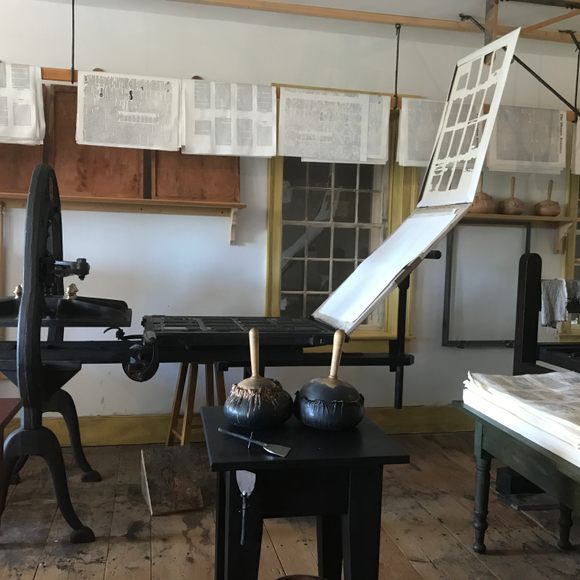

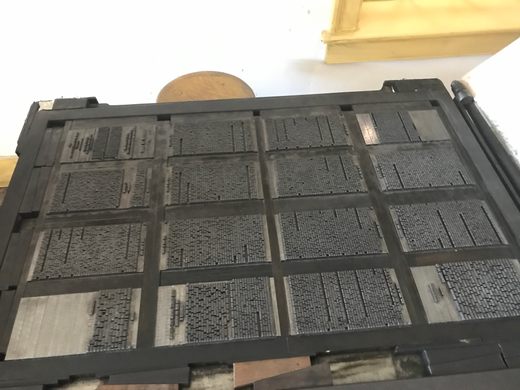
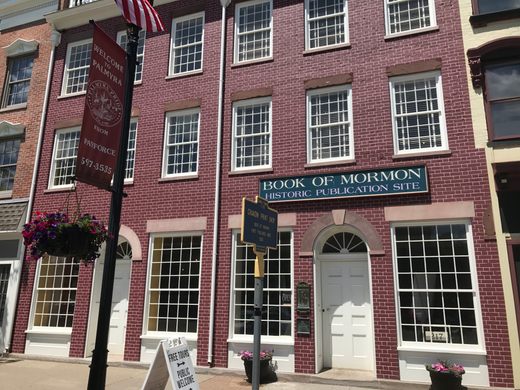
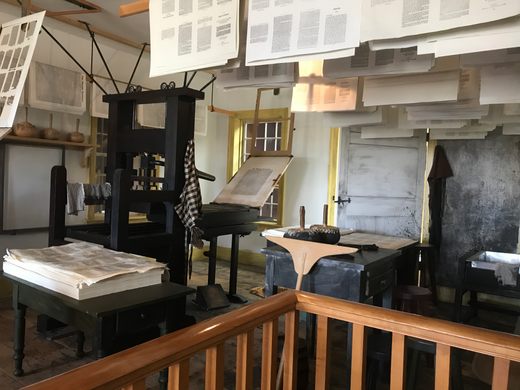
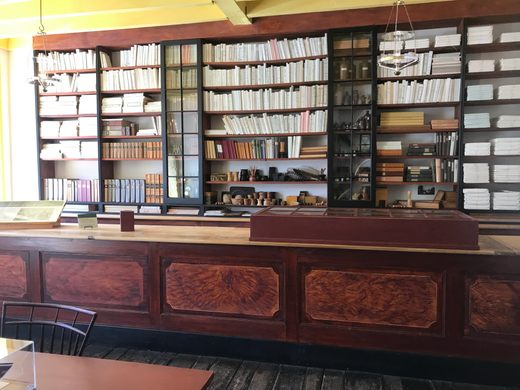

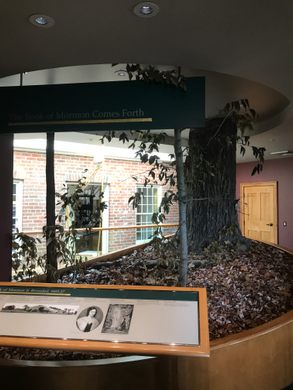
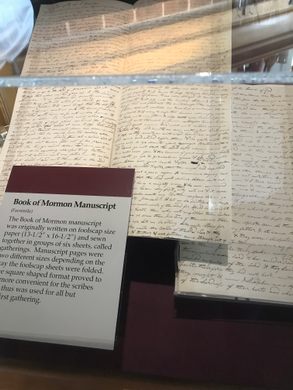
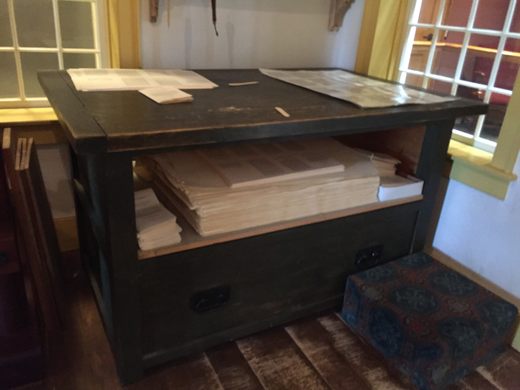
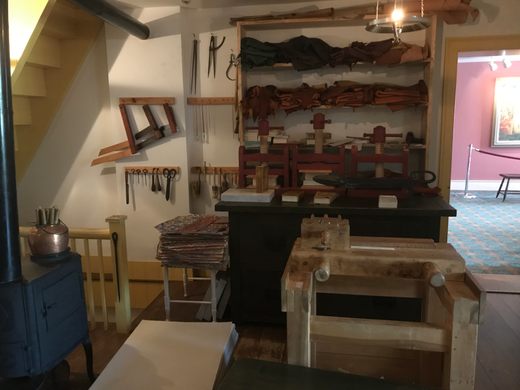
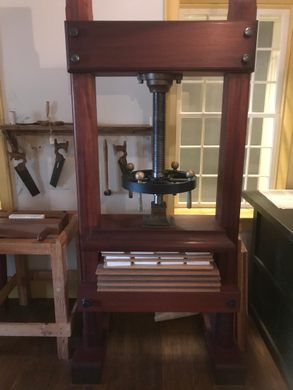
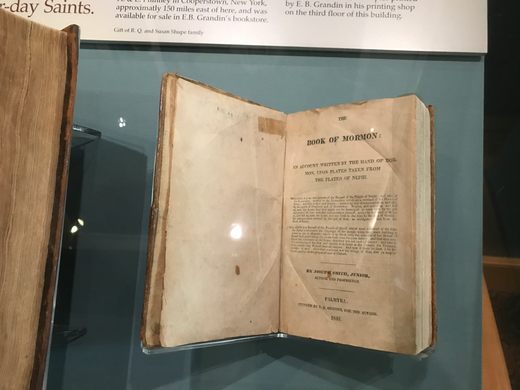





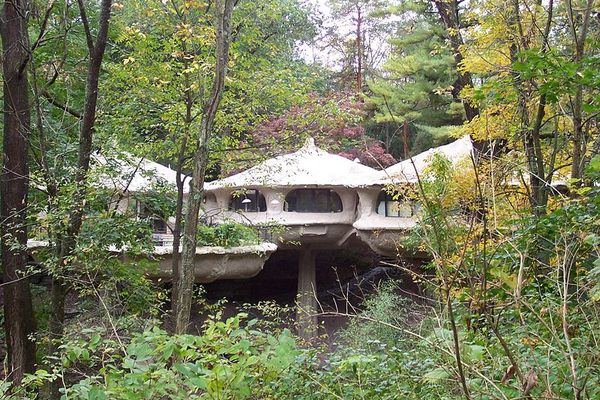
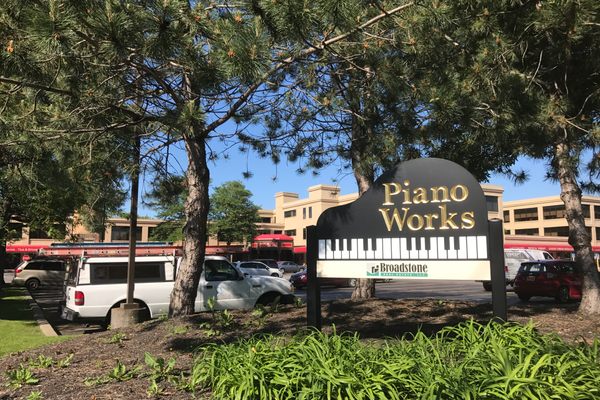
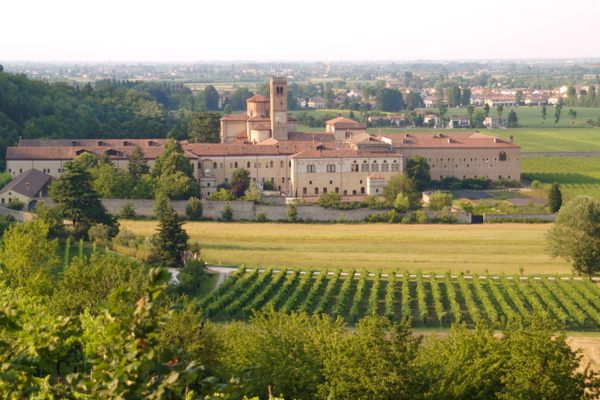

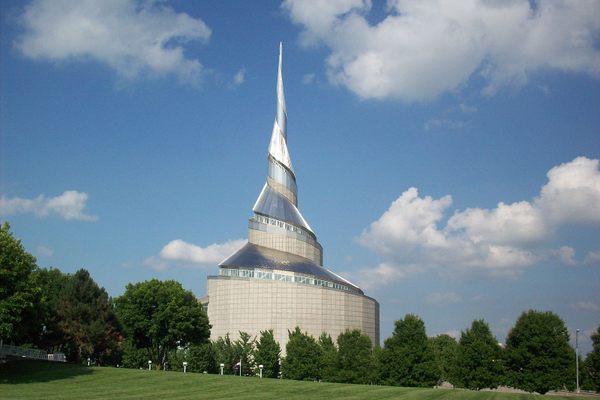


Follow us on Twitter to get the latest on the world's hidden wonders.
Like us on Facebook to get the latest on the world's hidden wonders.
Follow us on Twitter Like us on Facebook